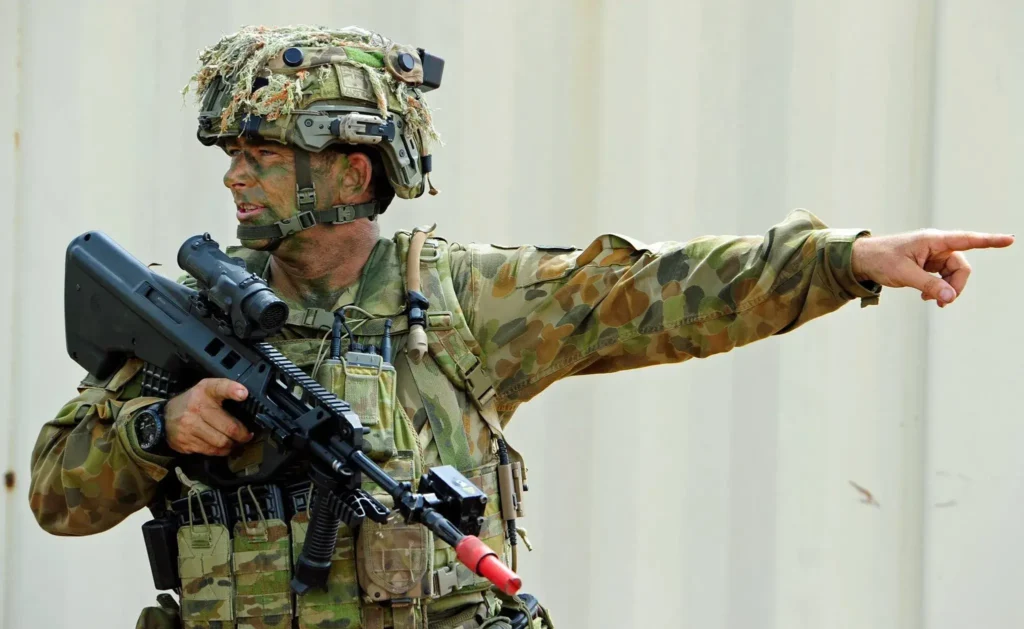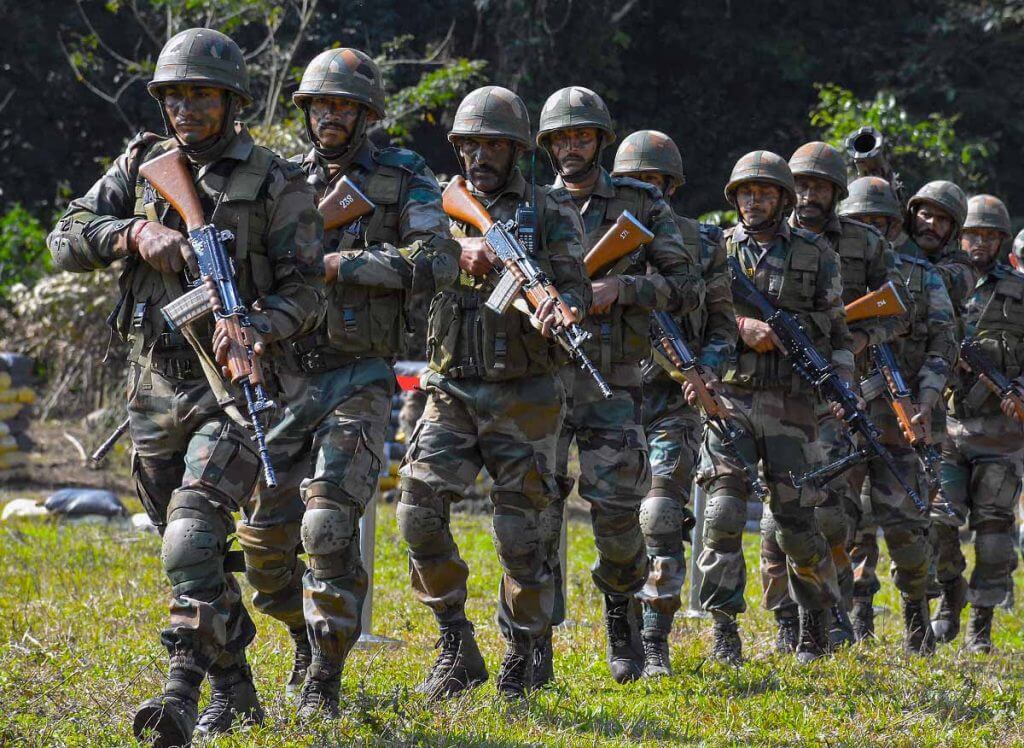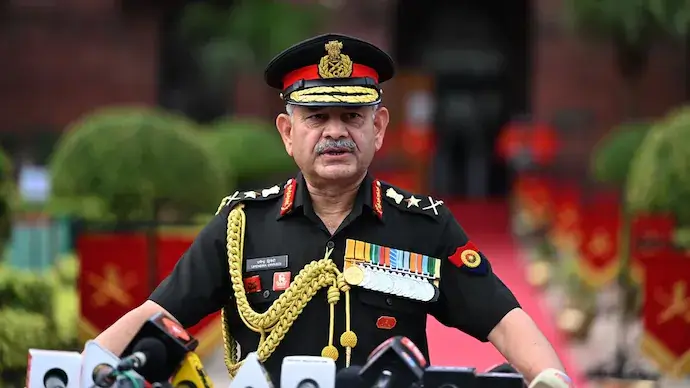
Leadership is the art of getting someone else to do something you want done because he wants to do it
— General Dwight D. Eisenhower, who led the Allied Forces in World War II. Eisenhowet later became the president of the United States.
The Indian Army operates in a “VUCA” – volatile, uncertain, complex, and ambiguous – world. Corporates today also face a similar reality, often described as “BANI”—brittle, anxious, non-linear, and incomprehensible. Both paradigms call for leaders who offer more than just managerial skills. Military leaders are trained to provide emotional support, show empathy, and lead from the front, particularly in times of crisis. Similarly, corporate leaders must exhibit resilience, provide guidance, and foster an environment of trust and adaptability.
True leadership transcends management. Managers may focus on short-term goals and systems, but leaders look ahead, envisioning the future and inspiring others to strive for long-term success. It involves risk-taking, embracing challenges as opportunities, and being a change agent even in the face of adversity. True leadership is defined by actions, not titles, it’s marked by selflessness and vision, in contrast to the ego-driven, title-centric approach that often defines managers. Success stems not just from intelligence quotient (IQ), but from balancing emotional quotient (EQ), and adversity quotient (AQ) to prioritize people over profits.
Military leaders work from a hope of success rather than fear of failure. They see challenges as opportunities, approaching obstacles with a winning mindset. They are part of the solution not part of the problem. Winners never quit and quitters never win. This resilient mindset not only drives success but also inspires teams to achieve the seemingly impossible.
Six Key Military Leadership Lessons for Success in the Corporate World

1. Mission-Driven Leadership: Purpose and Passion

In the Indian Army, every operation is approached with detailed planning and a well-defined mission. Leaders focus on planning and mission, should the plan fail, they adapt to alternate options without compromising the mission. Leaders ensure that each member understands their role and the overall objective, fostering clarity, commitment and adaptability.
Lt. Gen. Zorawar Chand Bakshi was one of the most decorated officers in the Indian Army, known for his leadership during the Indo-Pak Wars of 1947, 1965, and 1971. His bold strategies and mission-driven leadership were evident during the Battle of Haji Pir Pass (1965), where he led his troops to capture the strategic Haji Pir Pass in Kashmir. In corporate settings, a clear mission like Infosys’s vision to become a global IT leader—can unite teams and drive long-term success.
2. Leading by Example: Inspiring Through Action

The Indian Army places great emphasis on leading by example. Officers are often the first to step into challenging situations, demonstrating courage and commitment. This builds trust and respect, motivating the team to follow suit.
Military leaders, like Captain Vikram Batra during the Kargil War, were inspired by stepping into the front lines. His bravery motivated his troops and contributed to their victory. Corporate leaders, too, must lead by example during crises. Ratan Tata’s involvement during the 2008 financial crisis reassured employees and stakeholders, stabilizing the Tata Group. Leading by example builds trust and motivates teams to go beyond their limits.
3. Effective Communication: The Bedrock of Leadership

In the Indian Army, effective communication is paramount. The success of missions often hinges on the precise and timely communication of orders and information. Army leaders are trained to communicate clearly and concisely, ensuring that their directives are understood and executed without ambiguity.

General Sam Manekshaw’s leadership during this conflict was marked by effective communication with both his commanders and political leaders. His ability to articulate strategic goals and operational plans ensured synchronization across multiple fronts, leading to the swift and successful liberation of Bangladesh. Manekshaw’s clear communication style helped build confidence among troops and commanders alike. In the corporate world, leaders like Indra Nooyi former CEO of PepsiCo, mastered the art of clear, transparent communication, ensuring alignment across all levels of an organization.
4. Decision-Making Under Adversity: The Art of Calculated Risks
In military operations, leaders are often required to make quick decisions under immense pressure, with limited information and high stakes. A wrong decision at the right time is better than a right decision at the wrong time. No decision or status quo is not an option. The ability to make calculated decisions in risk environments is a hallmark of effective military leadership. The thin line between risk and danger needs to be understood. All things look difficult before they are made easy, it’s more in the mind.

The battle of Zojila 1948 exemplifies innovation, risk-taking and decision-making under adversity. Ladakh was on the verge of being cut off from Kashmir, when under the direction of Major General K.S. Thimayya, the Indian Army executed “Operation Bison,” employing Stuart light tanks of the 7th Light Cavalry led by Capt. (then) SDS Jamwal to engage entrenched enemy positions. The unique challenges presented by the Zojila Pass demanded creative solutions. The logistical challenge of transporting tanks over weak bridges, jeep tracks and steep mountain paths was daunting. The decision to disassemble the tanks, camouflage them as trucks, and reassemble them at the base of the pass demonstrated incredible resourcefulness, bold employment and creativity. This saved Ladakh from falling into the enemy’s hands. In business, leaders frequently face situations where they must make bold decisions. The ability to assess risks, weigh options, and make decisive moves is crucial. In the 1980s, Wipro’s decision to pivot from a vegetable oil company to IT services was a significant calculated risk. Under Azim Premji’s leadership, Wipro recognized the potential of the IT boom. This bold move not only transformed the company’s modest vegetable oil company but also established it as a key player in the global IT services market.
5. Leadership Rooted in Values That Endure
Values and ethics-based leadership involves leading with a strong moral compass, ensuring that decisions are rooted in principles that prioritize fairness, honesty, and integrity. In the Indian Army, values and ethics form the foundation of leadership, with the core values of duty, honour, and loyalty guiding every action.

Leaders like Field Marshal K.M. Cariappa exemplified these traits by maintaining impartiality, discipline, and respect for all ranks, fostering a culture of ethical leadership. During his tenure, he placed national interest above all else, refusing to be swayed by personal or political motives, which cemented his legacy as a true leader. In the corporate world too, ethical leadership is seen in actions like those of Azim Premji, founder of Wipro, who built his company with a focus on ethical governance and corporate responsibility. By embedding values like integrity, transparency, and social responsibility into Wipro’s operations, Premji created a culture where ethics were non-negotiable, even in the face of challenging business environments
6. The Buck Stops Here – Men of Steel – Not Men of Straw
Authentic leaders take responsibility for failures while attributing success to their teams. They reach out creating a lasting respect, not fear. They create an institutional legacy rather than personal accolades. For them, the cause is more important than the applause. They respect the human dimension and believe that only those who work make mistakes and failures are part of the learning block to success. They differentiate between an act of omission and an act of commission.

During Operation Vijay, commanders like Lieutenant General Mohinder Puri exemplified this by not only sharing the victories of their troops but also owning up to initial setbacks, and standing by their soldiers during adversity. This form of leadership fosters a deep sense of trust and loyalty within the ranks, where soldiers know their leaders will stand beside them, no matter the outcome. In the corporate world, accountability is a cornerstone of ethical leadership. Leaders like Narayana Murthy, co-founder of Infosys, have embedded this value deeply into the company’s culture. Murthy’s openness in admitting mistakes, such as Infosys’s early challenges with expansion, and taking corrective action without passing blame, set an enduring legacy creating an environment where innovation and growth could thrive within a framework of integrity.
Also Read: How Colonels and Brigadiers ended up with higher Pay and Pension than Generals
Conclusion: A Blueprint for Corporate Success
The lessons derived from military leadership provide a robust framework for corporate success. The Indian Army’s emphasis on mission-driven purpose, leading by example, resilience, adaptability, and effective communication, among others, offer valuable insights for businesses.
These lessons demonstrate the importance of clarity of vision, ethical leadership, accountability, teamwork, and prioritizing people over profits. By integrating these principles, corporate leaders can build trust, inspire their teams, navigate crises with resilience, and foster a culture of continuous learning and growth. Ultimately, military leadership offers a timeless blueprint for thriving in the corporate world amidst constant challenges and ever-evolving changes.

